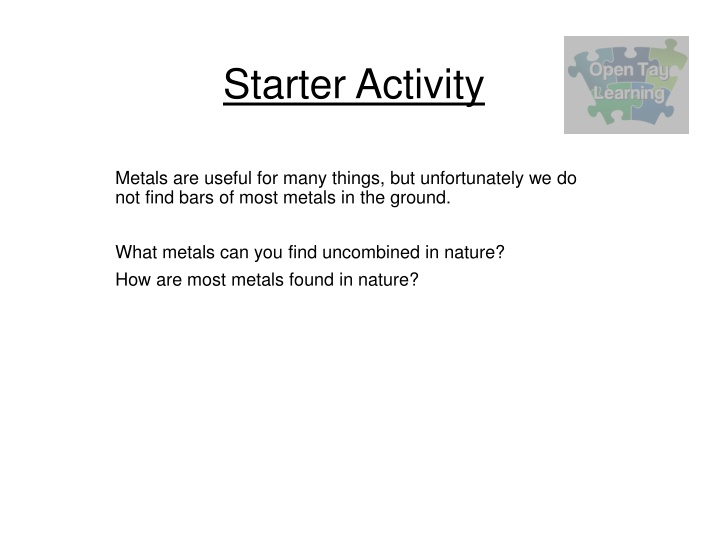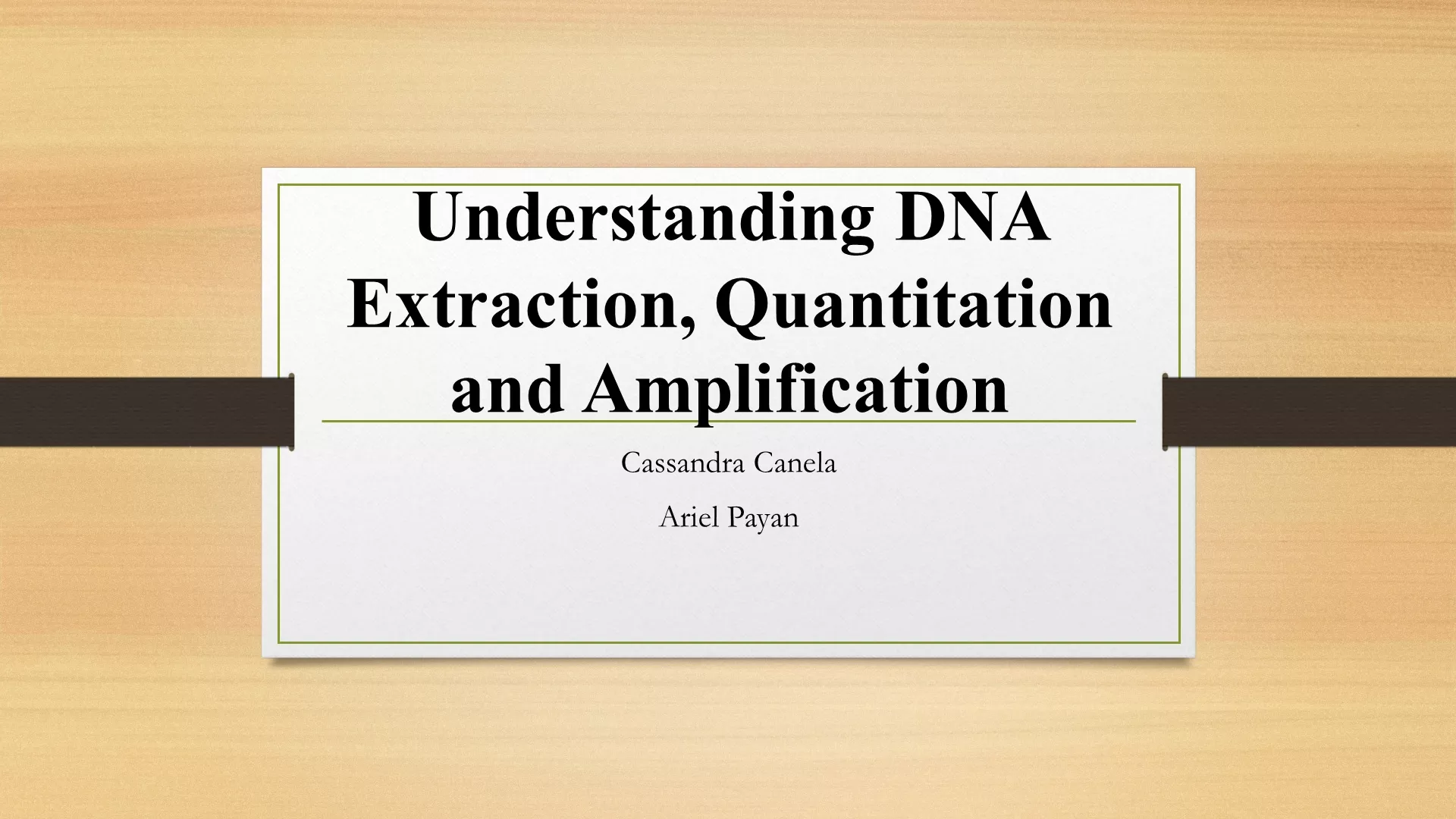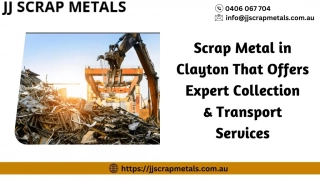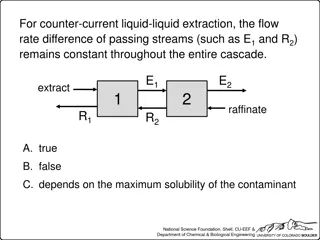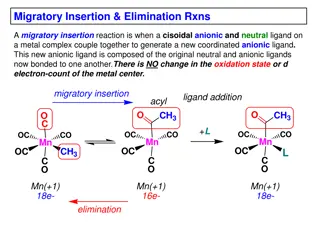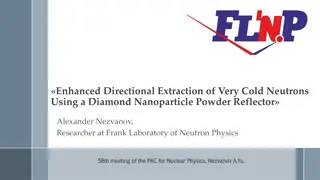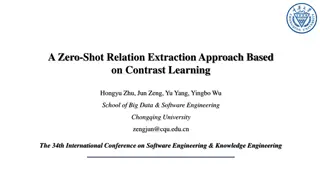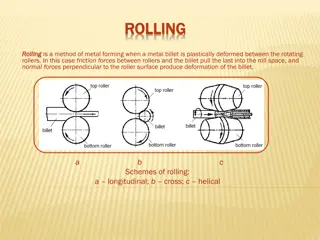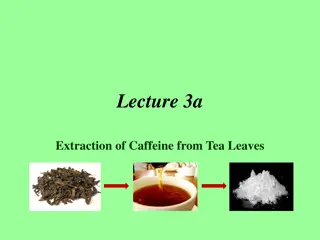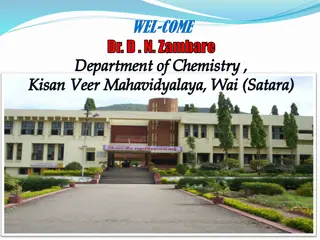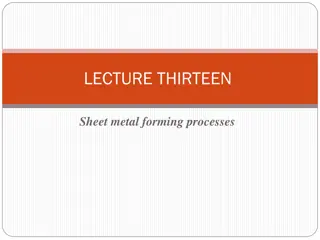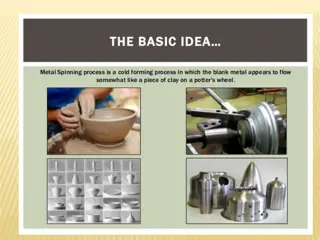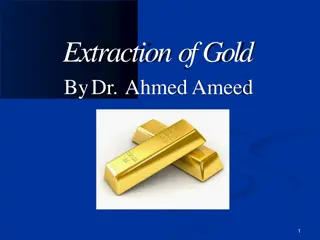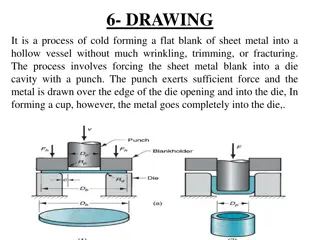Metal Extraction: Processes and Applications
Metals play a crucial role in various industries, but their extraction from ores is a complex process. Some metals occur naturally in an uncombined form, indicating their low reactivity. Through heat alone, unreactive metals like lead can be separated from their ores. This extraction process involves breaking the bonds between the metal and other elements. Understanding metal extraction techniques is essential for utilizing these valuable resources efficiently.
Download Presentation

Please find below an Image/Link to download the presentation.
The content on the website is provided AS IS for your information and personal use only. It may not be sold, licensed, or shared on other websites without obtaining consent from the author.If you encounter any issues during the download, it is possible that the publisher has removed the file from their server.
You are allowed to download the files provided on this website for personal or commercial use, subject to the condition that they are used lawfully. All files are the property of their respective owners.
The content on the website is provided AS IS for your information and personal use only. It may not be sold, licensed, or shared on other websites without obtaining consent from the author.
E N D
Presentation Transcript
Starter Activity Metals are useful for many things, but unfortunately we do not find bars of most metals in the ground. What metals can you find uncombined in nature? How are most metals found in nature?
In the last lesson We looked at the mining industry in detail and established that most metals are found deep underground in ores. We also established that ores themselves are not very useful, but contain useful substances. So therefore the ores must be processed somehow. Today we will look at how to extract metals from metal ores.
Extraction of metals
Learning intention Today we are learning about how to extract metals from various metal ores.
Uncombined metals Previously we learned that some metals can be found uncombined in the Earth s crust. If they are found this way, what does that suggest about how reactive they are with other elements? This suggests they are very unreactive! However, metals such as silver can occasionally be found in ores. If this is the case, they are easy to extract. Let s look at how we get pure unreactive metals from an ore!
Metal extraction: heat alone. Only unreactive metals can be separated from their ores using heat. This is because the metal is not strongly bonded to the other elements in the ore and so these bonds can be easily broken. Your teacher will now show you the extraction of lead from lead oxide!
Metal extraction: Heat alone Describe what you seen happen in the experiment and suggest what you think the product gas was.
Metal extraction: Heat alone As the lead oxide was heated, the bonds were broken between the lead and the oxygen. This results in molten lead and oxygen gas being produced.
Summary questions 1. Write a word equation to show the extraction of lead from lead oxide. Reactant product + product 2. Explain fully why lead can be extracted from lead oxide using heat alone.
Metal extraction: Heat + Carbon When you try to extract reactive metals, using heat alone will not work. In order to help this process, carbon is often used. You will now attempt to extract copper from copper oxide.
Metal extraction: Heat + Carbon 1. Collect a small pyrex test tube and add a spatula of copper oxide into the test tube. 2. Clamp the test tube and heat the metal oxide for approximately 30 seconds using the blue flame of a bunsen burner. 3. Continuing to heat the copper oxide, light a splint and carefully push the burning splint into the hot copper oxide. Push the splint around the hot copper oxide.
Summary questions 1. Draw a neat diagram of the experiment (using a ruler) 2. How could you tell that copper metal formed? 3. Why did you use a burning splint to push the copper oxide around? 4. In addition to copper being formed, a gas was also formed. Can you predict which gas? 5. Write a word equation for the reaction. Reactant + Reactant Product + Product
Metal extraction: Electrolysis When you need to extract very reactive metals, you find that heat alone or heat + carbon do not work. For these metals, you must use electricity to split the ore. Metals that end in ium tend to be very reactive! The process of splitting a compound into elements using electricity is called electrolysis.
Metal extraction: Electrolysis 1. Collect a set of carbon rods and small beaker. 2. Add 25cm3of water to the beaker. 3. Dissolve a spatula full of copper chloride in the water. 4. Connect a power supply to the carbon rods, ensure that you plug the wires into the DC slots. 5. Set the voltage to 4V DC and switch on the power supply. 6. Observe!
Summary questions 1. Draw a neat diagram of the experiment (using a ruler). 2. Describe what you observed at each of the carbon rods. 3. Explain why electricity is needed to extract the very reactive metals. 4. Complete the following table using a data book. Can you relate date of discovery to how reactive metals are? Name of metal Date of discovery Electrolysis used? Sodium Gold Silver Potassium Lithium Aluminium
Has your learning been successful? I can: State that unreactive metals can be extracted using heat alone. State that reactive metals can be extracted using heat + carbon. State that very reactive metals can be extracted using electrolysis. Relate an extraction technique to the strength of the bonds between a metal and other elements in an ore.
